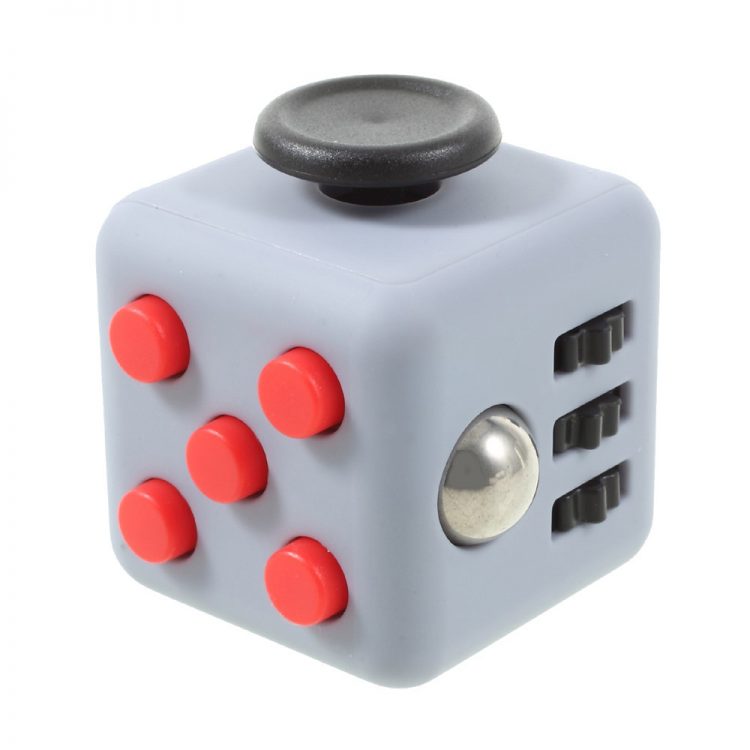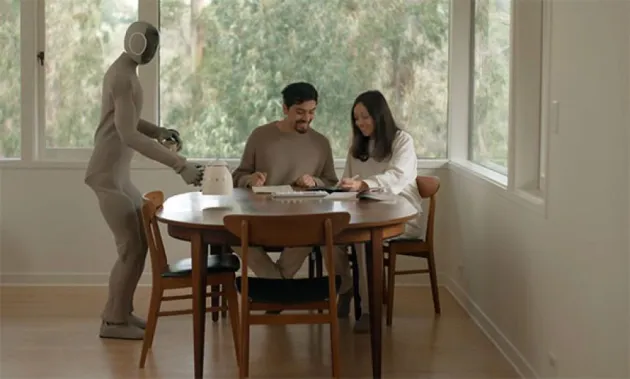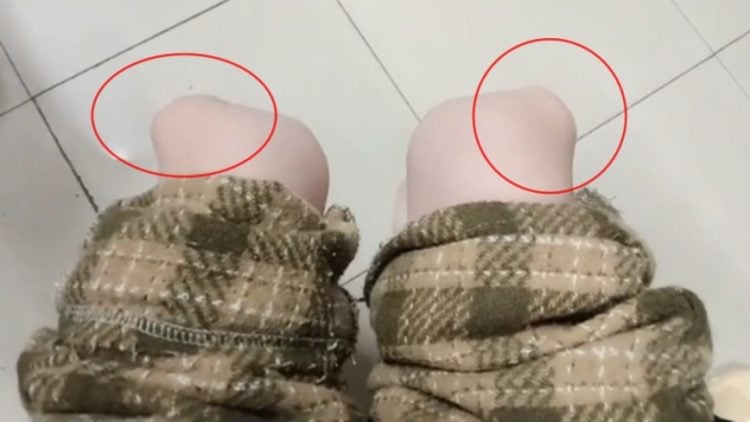Whether it’s clicking pens, flipping paper clips or just playing with our fingers, most of love to fidget. It’s not the most productive habit, but at least now we’ll be able to do it in style, with an ingenious little toy called the Fidget Cube.
The Fidget Cube is a pocket-size desk toy created by brothers Matthew and Mark McLachlan as a way to change how fidgeting is perceived in society. “It’s not uncommon to hear fidgeting being spoken about negatively. It’s often labeled as unprofessional and deemed as anti-intellectual behavior.But in reality, the exact opposite has been suggested to be the case,” the two wrote on their product’s Kickstarter page. “We believe that the way we look at fidgeting needs to change. This behavior isn’t one that should continue to be stigmatized and mocked as unbecoming or inappropriate. We are passionate about the idea that fidgeting is a process that, with the right tools and outlet, can have positive and real-life applications.”





















